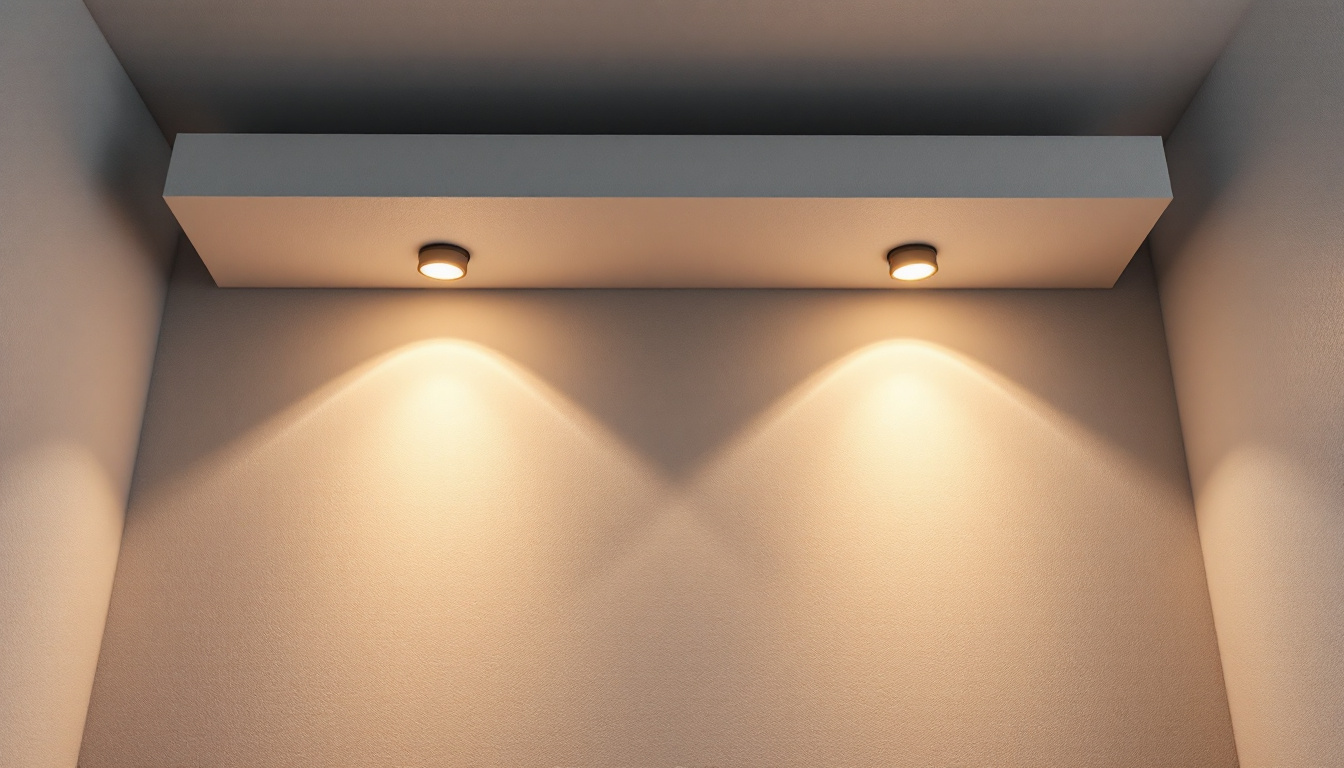
recessed lighting has become a popular choice for both residential and commercial spaces, providing a sleek, modern look while delivering effective illumination. As lighting contractors, understanding the nuances of recessed lighting is crucial for delivering high-quality installations that meet client expectations. This guide will explore the various aspects of recessed lighting, including types, installation techniques, and design considerations.
Recessed lighting, often referred to as can lights or pot lights, is installed into a hollow opening in the ceiling. This design allows the fixtures to be flush with the ceiling surface, creating a clean and unobtrusive look. It is essential for lighting contractors to grasp the fundamentals of recessed lighting to ensure proper installation and functionality. The seamless integration of these fixtures into the ceiling not only enhances the aesthetic appeal of a space but also maximizes the use of available light, making it a favored choice in both residential and commercial settings.
There are several types of recessed lights available, each designed for specific applications. The most common types include:
Understanding the differences between these types will help contractors choose the right fixture for each project, ensuring optimal performance and aesthetics. Additionally, specialized options such as wet-rated recessed lights are available for bathrooms or outdoor spaces, where moisture resistance is crucial. The versatility of recessed lighting allows it to be used in various settings, from cozy living rooms to sophisticated office environments, adapting to the unique needs of each space.
The choice of bulb can significantly impact the quality of light produced by recessed fixtures. Common options include:
Contractors should consider the desired ambiance and energy efficiency when recommending bulb options to clients. Furthermore, the color temperature of the bulbs can also play a significant role in the overall feel of a space. For instance, bulbs with a warmer color temperature (around 2700K) create a cozy atmosphere, perfect for living areas, while cooler temperatures (above 4000K) are often preferred in workspaces for their bright, alerting qualities. Understanding these nuances can help contractors guide their clients toward making informed decisions that align with their vision and functional needs.
Proper installation of recessed lighting is critical for both functionality and safety. Each project may present unique challenges, so being familiar with various installation techniques is essential.
Before beginning an installation, ensure that the following tools and materials are on hand:
Having the right tools readily available can streamline the installation process and reduce the risk of delays. Additionally, it’s wise to have a sturdy ladder for reaching high ceilings and a flashlight for illuminating dark spaces, especially when working in attics or crawl spaces. Ensuring that your workspace is organized will also enhance efficiency and safety during the installation.
The installation process can be broken down into several key steps:
Following these steps will help ensure a smooth installation process, resulting in satisfied clients and high-quality lighting solutions. Additionally, documenting the installation process with photos can be beneficial for future reference or for troubleshooting any potential issues down the line.
Even experienced contractors may encounter challenges during recessed lighting installations. Some common issues include:
Being prepared for these challenges can help contractors resolve issues quickly and maintain project timelines. Furthermore, staying updated on the latest lighting technologies and installation techniques can enhance a contractor’s skill set, making them more adept at handling diverse projects with ease.
Designing a recessed lighting layout requires careful thought to achieve the desired ambiance and functionality. Lighting contractors should consider the following factors:
The purpose of the room will significantly influence the lighting design. For example, kitchens may require brighter, focused lighting for tasks, while living rooms may benefit from softer, ambient lighting. Understanding the specific needs of each space will guide the selection of fixture types and placements.
Effective lighting design often involves layering different types of lighting—ambient, task, and accent. Recessed lights can serve as ambient lighting, while additional fixtures, such as under-cabinet lights or wall sconces, can enhance functionality and aesthetics. By combining various light sources, contractors can create a well-balanced lighting scheme that meets clients’ needs.
Incorporating dimmer switches allows clients to adjust the brightness of recessed lights according to their preferences and activities. This flexibility enhances the overall lighting experience and can contribute to energy savings. Additionally, smart lighting controls can offer advanced features, such as scheduling and remote access, further enhancing the usability of recessed lighting systems.
As energy efficiency becomes increasingly important, lighting contractors must be knowledgeable about sustainable practices in recessed lighting installations. Utilizing energy-efficient bulbs, such as LEDs, is a crucial step in reducing energy consumption and minimizing environmental impact.
Familiarity with energy ratings, such as the ENERGY STAR certification, can help contractors recommend the most efficient products to clients. These ratings indicate that the fixtures meet strict energy efficiency guidelines, providing assurance to clients looking to reduce their energy bills.
Contractors should also be aware of proper recycling and disposal methods for old fixtures and bulbs. Many municipalities have specific regulations regarding the disposal of electronic waste, and adhering to these guidelines demonstrates professionalism and a commitment to sustainability.
Effective communication with clients is essential throughout the recessed lighting installation process. Educating clients about their options, the installation process, and maintenance requirements can foster trust and satisfaction.
Contractors should clearly outline the project timeline, costs, and any potential disruptions to the client’s space. Setting realistic expectations helps avoid misunderstandings and ensures a smoother project experience.
Once the installation is complete, providing clients with maintenance tips can help prolong the life of their recessed lighting systems. This may include recommendations for cleaning fixtures, replacing bulbs, and troubleshooting common issues. Offering ongoing support can enhance client relationships and encourage repeat business.
Recessed lighting offers a versatile and stylish solution for a variety of spaces, making it a valuable addition to any lighting contractor’s repertoire. By understanding the different types of fixtures, installation techniques, design considerations, and energy efficiency practices, contractors can deliver exceptional results that meet client needs and expectations.
Staying informed about the latest trends and technologies in recessed lighting will further enhance a contractor’s expertise and ability to provide top-notch service. As the demand for recessed lighting continues to grow, contractors equipped with this knowledge will be well-positioned to succeed in the competitive lighting industry.
Ultimately, the key to a successful recessed lighting project lies in careful planning, effective communication, and a commitment to quality workmanship. By following the guidelines outlined in this article, lighting contractors can ensure that their recessed lighting installations are not only functional but also aesthetically pleasing and energy-efficient.
Ready to elevate your lighting projects with the finest recessed lighting solutions? Look no further than LumenWholesale, where we offer an exceptional range of spec-grade lighting products at wholesale prices that simply can’t be beaten. Say goodbye to local distributor markups and hello to high-quality, reliable lighting that meets the most rigorous industry standards. With free shipping on bulk orders, you can stock up on premium lighting without any hidden fees. Don’t compromise on quality or value — discover the best wholesale lighting deals at LumenWholesale and make your next installation a shining success.

Discover how pendant LED lights can revolutionize cost efficiency for lighting contractors.

Discover how sensor outdoor lights can enhance your business with our comprehensive guide tailored for lighting contractors.

Discover why LED sign lighters are indispensable tools for modern lighting contractors.

Discover the insider secrets of lighting contractors as they master the art of solar light housing.